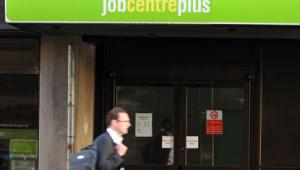According to the DWP, 43,500 of those households are no longer subject to the cap. This includes 18,100 households were one member has moved into work, and a further 9,800 reducing Housing Benefit claims or no longer receiving at all.
The household benefit cap limits annual benefits to a maximum of £26,000, with housing benefit reduced if the cap is set to be exceeded. Under new measures announced earlier this year the benefit cap will be reduced to £23,000 in Greater London and £20,000 elsewhere.
Publishing the figures, work and pensions secretary Iain Duncan Smith said the government’s welfare reforms were about supporting people back to work.
“Today’s figures show success, with significant numbers of people doing just that ‒ taking advantage of the near-record numbers of opportunities available in the UK economy,” he said.
The DWP also highlighted that those affected by the cap are 41% more likely to go into work than a similar group who fall just below the cap’s level, while 38% of those capped said they were doing more to find work,
Nevertheless, the cap has come under fire from church organisations, charities and others in civil society who claim it will push families into poverty, hit single parents, young people and children the hardest and amounted to a tax on the most vulnerable.
A report by charity Citizen’s Advice found that the cap would be successful at moving a small minority into work, however had “significant limitations” when it comes to large numbers of households who face considerable barriers to work such as cost of childcare, health and caring responsibilities.




















